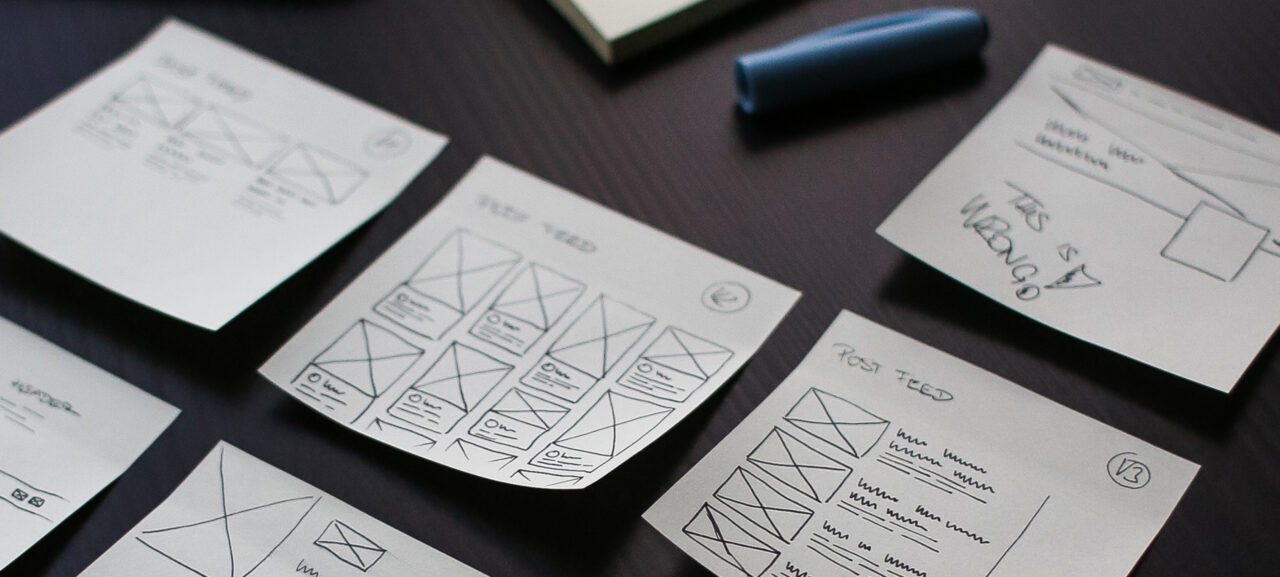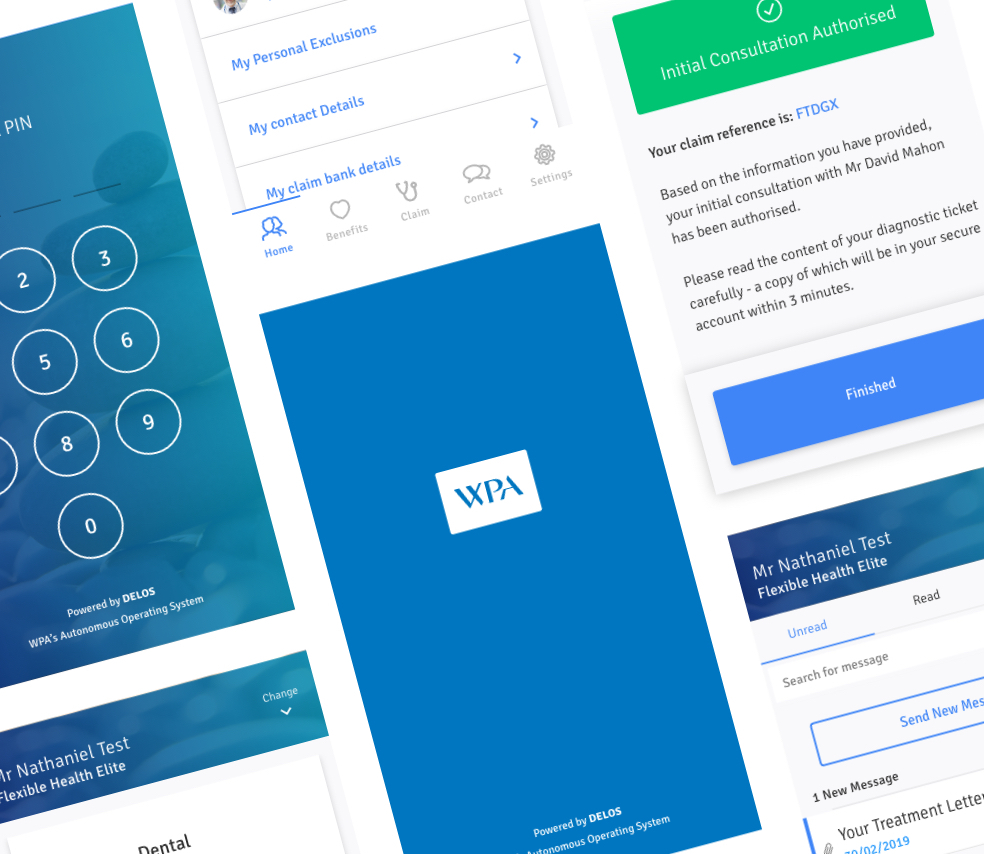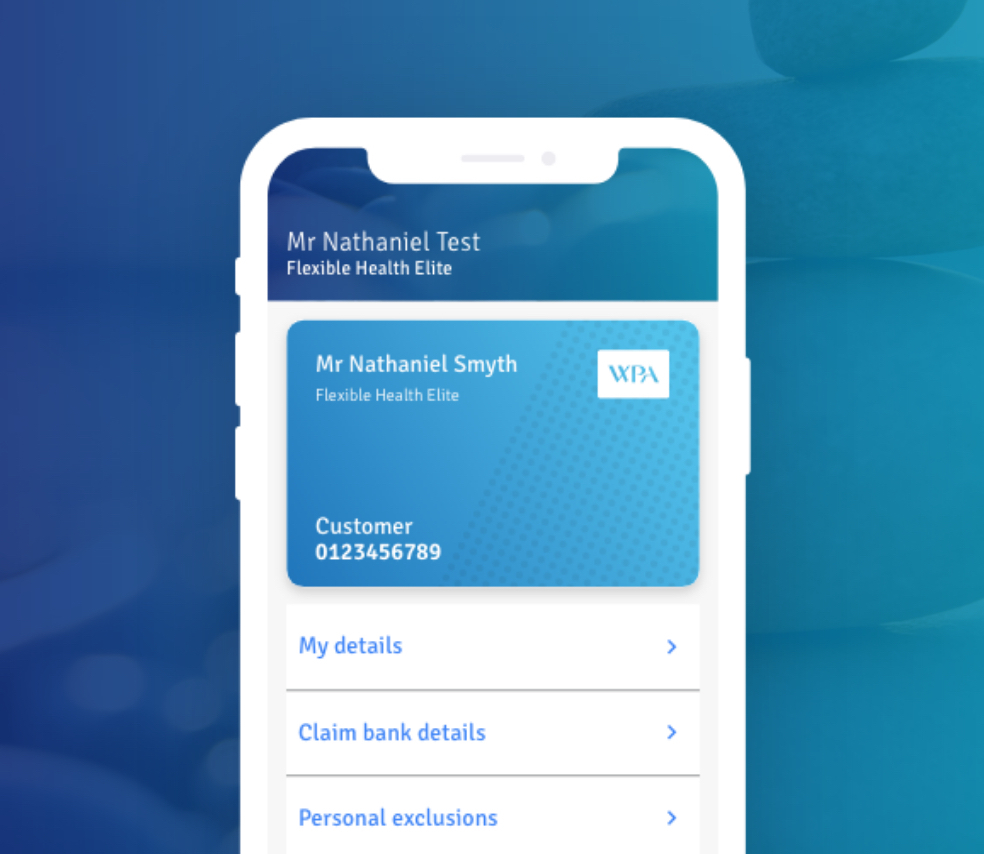
Solution
To facilitate the online claim functions and support the user interface, we first had to refactor the existing software. Because of system constraints we found we needed to export all the client user’s data in the current format. We had to compose and convert this data in a form suitable for the mobile app application platform. Continued user acceptance testing of each component of the app would reveal further issues, which we implemented fixes for as we progressed.
More detailed testing showed that the original app was using Javascript and HTML5, and not device native code. After we had settled on the data API we were able to design a format to allow the system to perform well across all devices.


We converted the licensing and security code to link in all the data in the new format. Initial testing of the installed application identified there were major conflicts in the interfaces. For example, security and access rights had to be granted sufficiently high access to allow the reporting tools to reach all areas of the database even when the user access rights had been restricted. Additional reports were added to the system to identify and resolve future security issues should they arise.
Our design partner company Elixel developed the screen designs for the new app to match the user experience we needed. The designs and implementation satisfied the requirements to provide users with their claim information and make the two types of insurance claim while keeping a complex product straightforward for customers.
Results
260,000+ logins since relaunch in November 2019
25,000+ claims made via the app
2 mins to authorise a claim
Start your project conversation
Application and mobile development should be a lot easier. We can help.